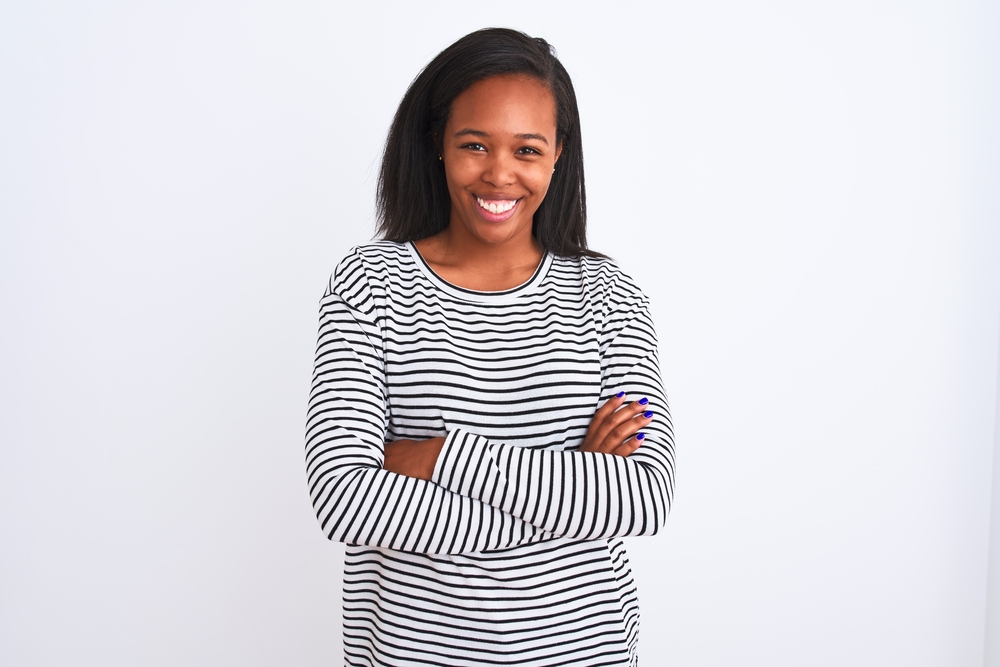
Everyone knows a fresh flat ironing session leaves your natural hair frizz-free and styled to perfection. So, in pursuit of the perfect hairdo, many ladies throw caution to the wind and flat iron their tresses daily.
Can you use a flat iron everyday? Should you?
If you want to know whether daily flat ironing is a good idea, we can help. This article will answer all of your questions and give you tips on how to minimize the adverse effects of heat styling. Let’s get started!
Table of Contents
Can I Use a Flat Iron Every Day?
You should not use a flat iron every day. Flat irons get extremely hot and transfer this heat directly to your strands. That high direct heat can literally burn your hair's protective cuticles and lead to irreversible heat damage.
This is a big deal, as heat-damaged hair (e.g., burnt hair) is inherently dry, brittle, and prone to breakage. It also won’t be able to hold a style well after some time.
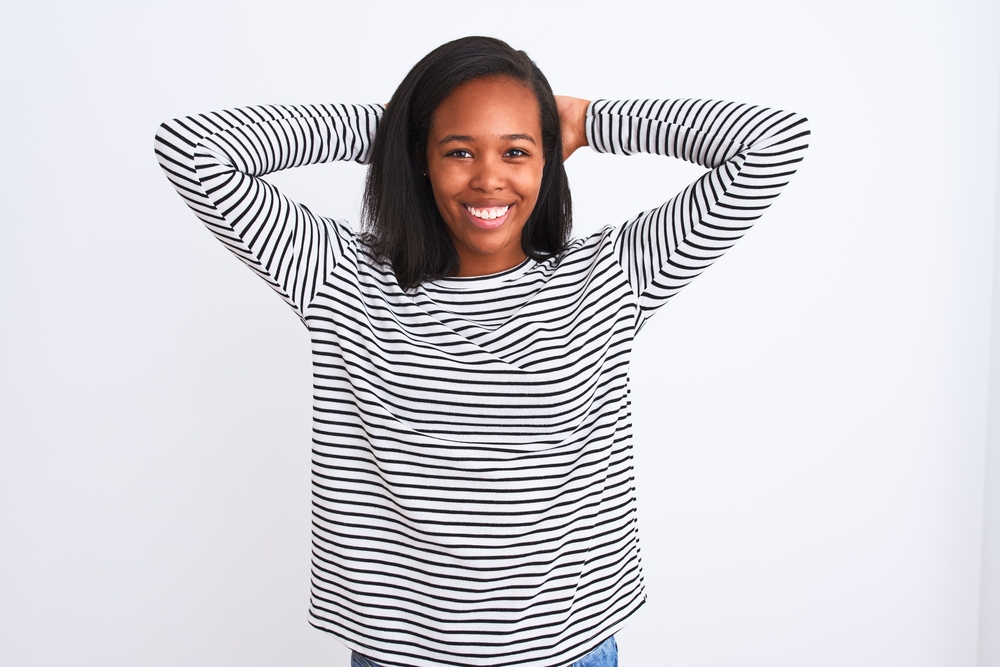
If you’re looking for alternatives to flat ironing, here are some ways to style your hair without heat:
- Use smoothing, texturizing, and frizz-fighting styling products
- Try a heatless style like a braid, twist, or rod set.
- Try a long-lasting braided protective style.
- Adorn your hair with cute accessories, like headbands or glitzy hair clips.
- Invest in a wig!
How Often Can I Straighten My Hair Without Damaging It?
We recommend not flat ironing your hair more than once or twice a week. If you have damaged or chemically processed hair, you should avoid using a flat iron more than once or twice a month.
However, there’s no one-size-fits-all answer for how often you can safely straighten your hair with a flat iron. It depends on your hair type, whether you’ve chemically processed your hair, your flat ironing technique, how hot you keep the iron, and more.
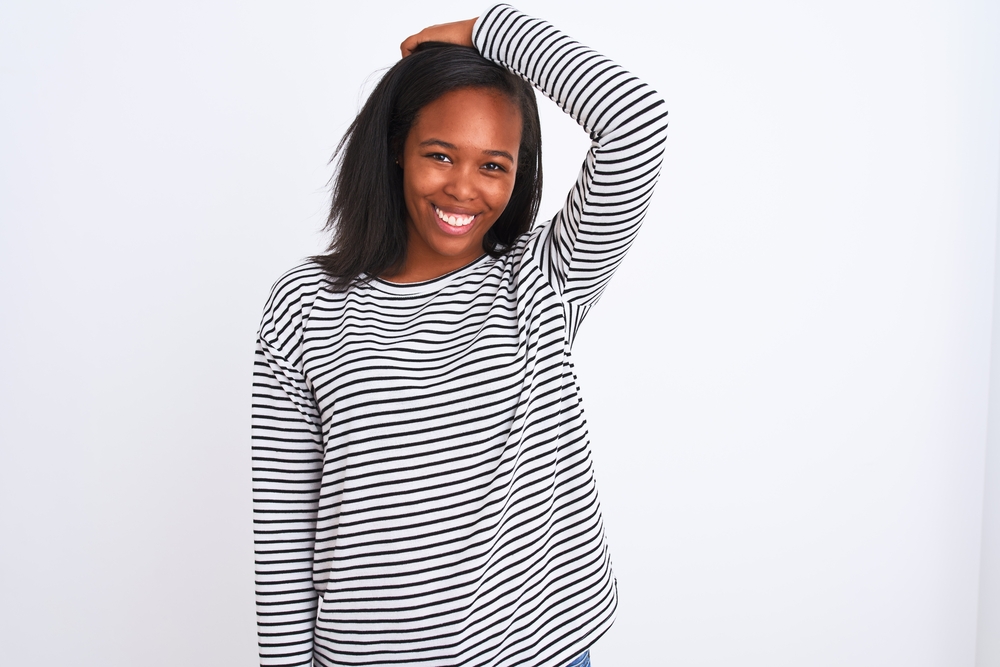
How to Keep Your Hair Healthy if You Straighten It Every Day
The best thing you can do for your hair is to avoid heat and opt for heatless styling methods instead. But if you’re determined to straighten your hair daily, keep these tips in mind. They’ll help you keep heat damage to a minimum.
Partially Air Dry
If you have to flat iron your strands, the least you can do is skip the blow-dryer beforehand. Air drying cuts out an additional heat source and gives your hair a break from the stress of drying.
You can try stretching your hair as it dries to maintain some level of straightness.
The unfortunate news is that airdrying isn’t exactly risk-free. Hair behaves similarly to a sponge and can absorb up to half its weight in water.
The longer your strands stay wet, the more the water stretches your hair’s cortex. The added pressure strains the delicate proteins and can cause damage.
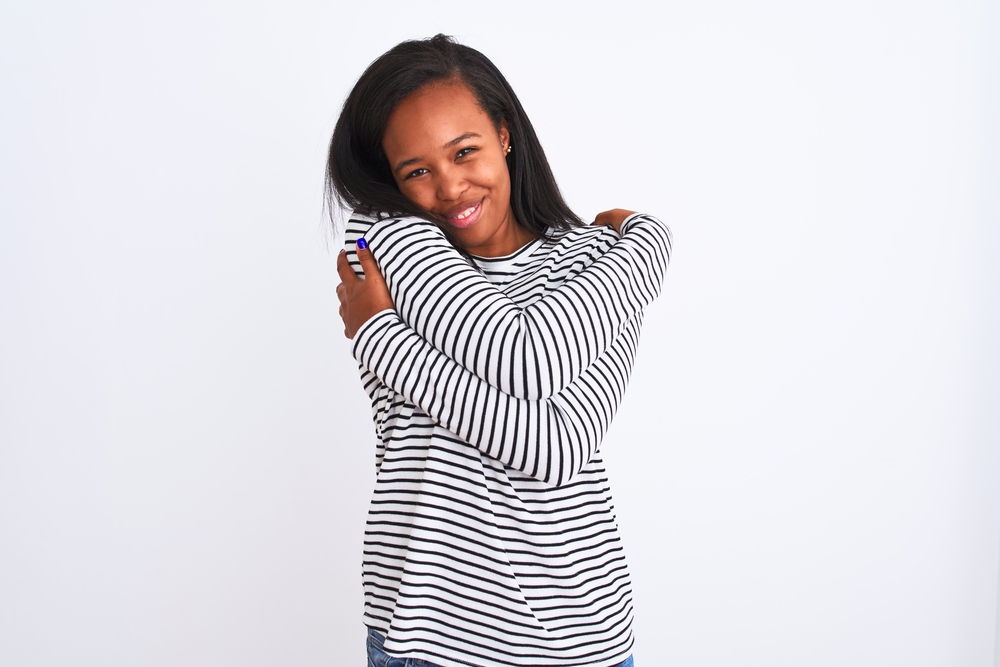
You should let your hair air dry until it's about 75% dry for the best results. Then, use your blow-dryer to finish. Here are a few things to keep in mind when you blow-dry.
- Keep the dryer moving continuously, so it's not focused on any one area for too long.
- Put your blow-dryer on the coolest heat setting.
- Hold the dryer at least 6 inches away from your hair.
Use the Right Styling Products
Before using your flat iron or blow-dryer, the most important product is a heat protectant. It protects your strands against heat damage and is critical to maintaining the health of your hair.
Also, avoid overloading your hair with several greasy products before straightening it. Choose a select few and stick with them.
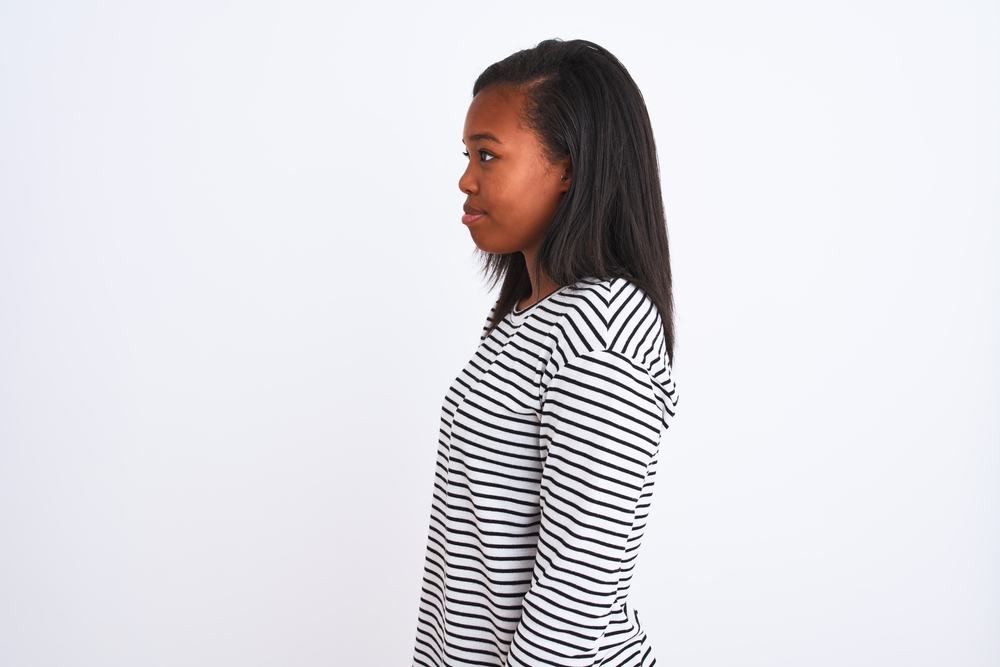
Deep Condition Once or Twice a Week
As we mentioned before, flat ironing daily can wreak havoc on your locks. So, we recommend investing in a quality deep conditioner or hair mask and using it once or twice a week to combat any damage.
Deep conditioners have more nourishing ingredients than regular conditioners and will help restore your strands' strength, moisture, and elasticity.
Get Regular Trims
Getting regular trims is an essential part of any hair care routine, but they're even more crucial when you straighten your hair daily.
Trims keep your hair healthy by stopping damage in its tracks.
If ignored, split ends travel upwards and can destroy an entire strand. Even a light dusting (a trim of about ¼ of an inch) will help keep the rest of your hair stronger.
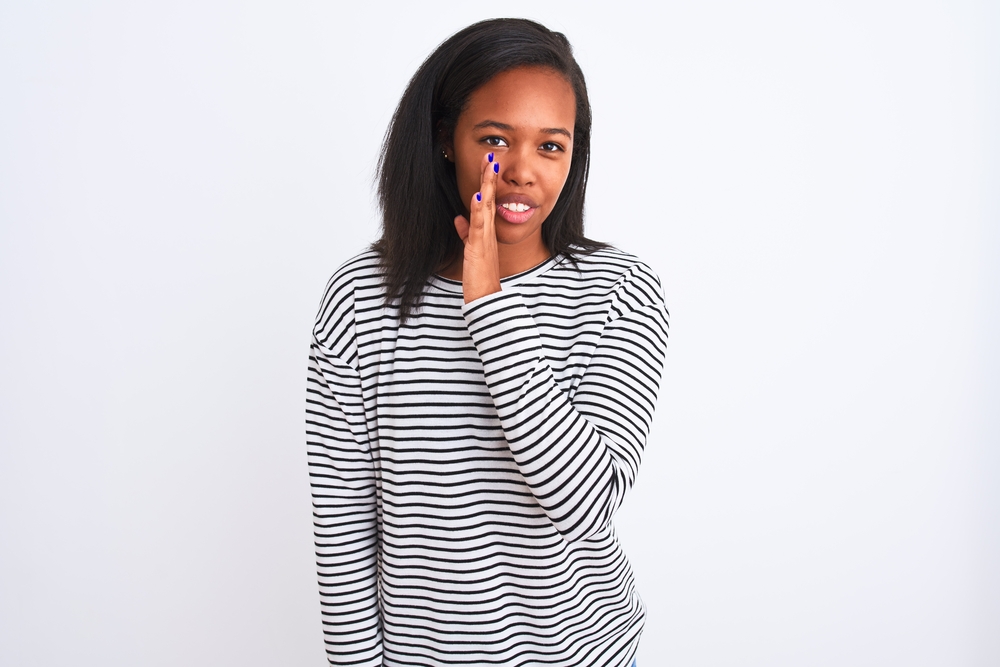
Use Protein Treatments
Monthly protein treatments can keep your hair strong enough to handle daily straightening. Protein treatments repair tiny gaps and holes in damaged hair.
These microscopic holes make it hard for your strands to hold onto moisture and leave them more prone to breakage. So, repairing them is in your hair’s best interest.
Unfortunately, protein treatments aren’t suitable for everyone.
If your hair is protein sensitive or has low porosity, the treatments may overload your delicate strands. If that’s the case, just incorporate a weekly protein-rich conditioner or styling product into your routine.
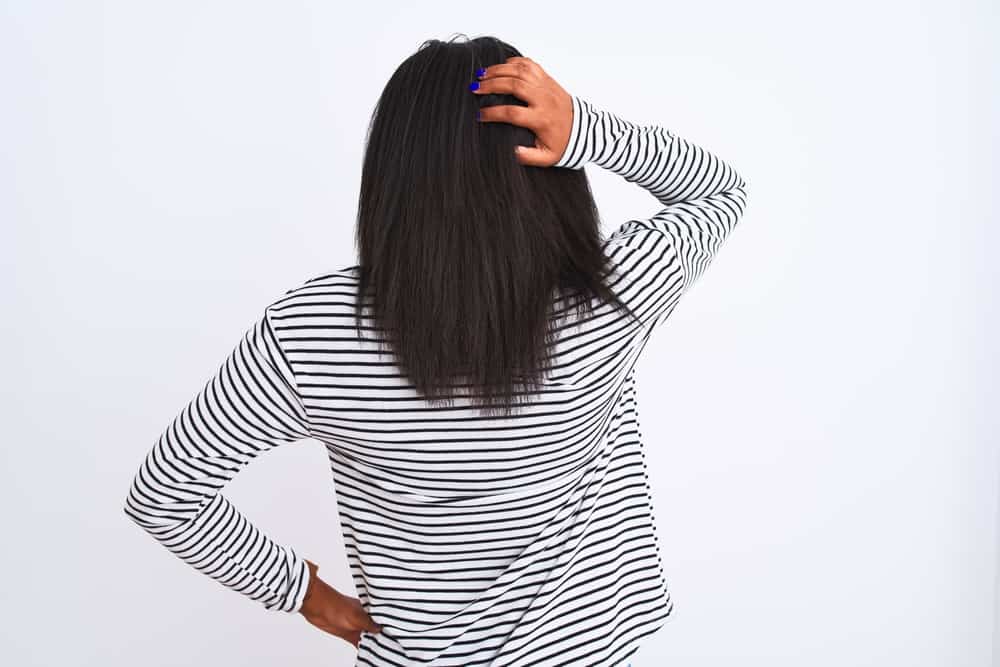
Never Flat Iron Damp Hair
Your hair should always be 100% dry before you attempt to flat iron it. Heat styling damp hair essentially boils the water held deep in your strands and causes extreme, irreversible damage. If you ever hear sizzling, stop straightening and finish drying your strands.
Don’t Do Multiple Passes
Every time you pass the flat iron down a section of hair counts as one pass. Doing multiple passes on a single section compounds hair damage.
Ideally, you should only do one pass on each section. If you have to go over an area more than once, that may be a sign that your flat ironing technique needs work.
Here are some tips to take your flat ironing to the next level.
- Flat iron small sections at a time.
- Twist the iron downwards at a 45-degree angle to create tension.
- Don't rush through the process.
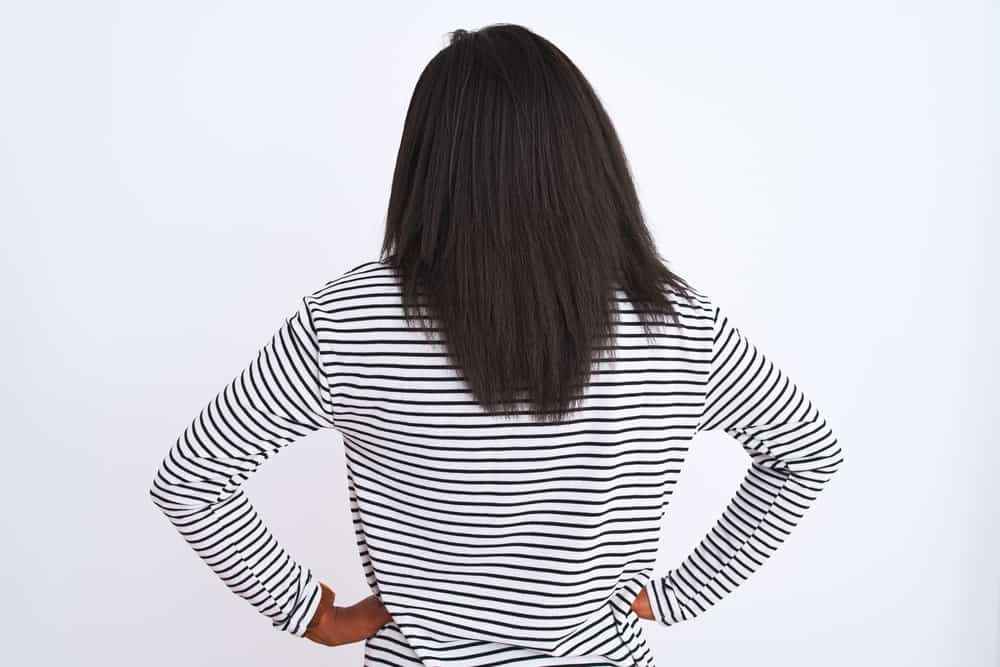
Turn Down the Heat
If you decide to flat iron your strands daily, set the device’s temperature as low as possible. Turning down the heat on your iron will decrease your chances of facing severe damage.
Keep your flat iron between 300 and 375 degrees when straightening or heat-styling fine or straight strands. You’ll probably have to crank the heat up to 400-450 degrees for thick or coarse hair.
Invest in a Quality Flat Iron
It’s easy to overlook, but the quality of your flat iron will make a massive difference in how much hair damage you experience. Many higher-quality irons have a knob or switch that allows you to choose a precise temperature level.
When you pick a flat iron, make sure the plates touch when you close it. The iron won’t grip your hair well if there's a gap.
You should also choose an iron made from a quality, high-performing material. We’ll break down the differences between the best materials.
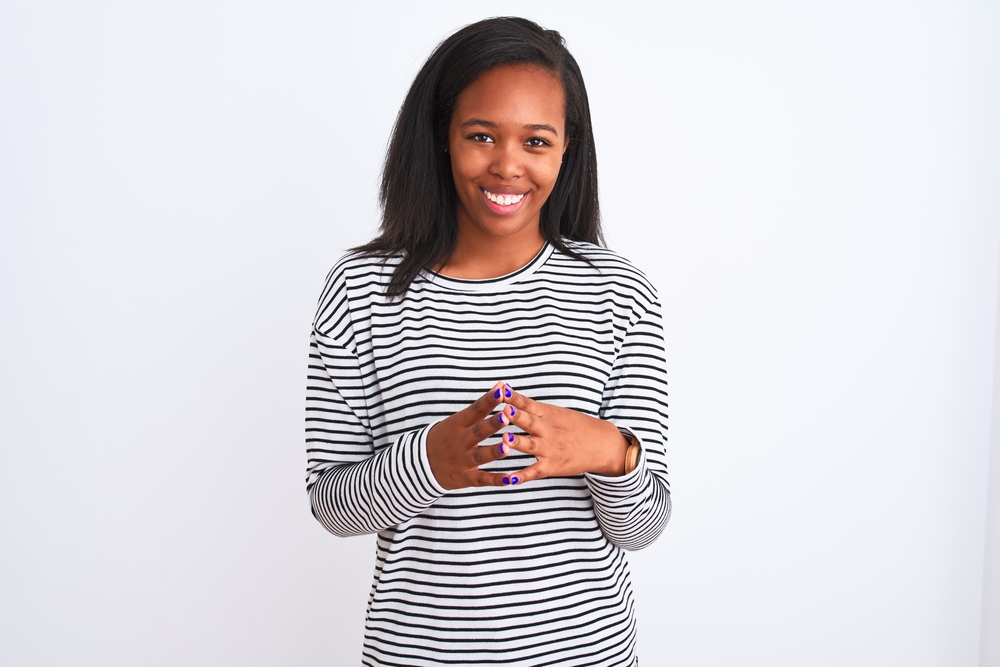
- Ceramic - Ceramic plates heat quickly and are incredibly smooth, making them perfect for fine to normal strands. When opting for this flat iron type, ensure that the iron plates aren’t just ceramic coated. Ceramic coatings will wear off over time and expose your strands to the harsh metal plates underneath.
- Tourmaline - If you have frizz-prone hair, consider getting an iron with tourmaline plates. They generate negative irons that help seal your hair’s cuticle and lock out frizz. The crushed gemstone plating will wear off, so you’ll have to replace your iron regularly.
- Titanium - Although they’re often costly, titanium irons are great for heat-styling kinky and coarse strands. They heat up evenly and can reach high temperatures in a flash. Titanium is also rust and tarnish-resistant, making the irons incredibly long-lasting.
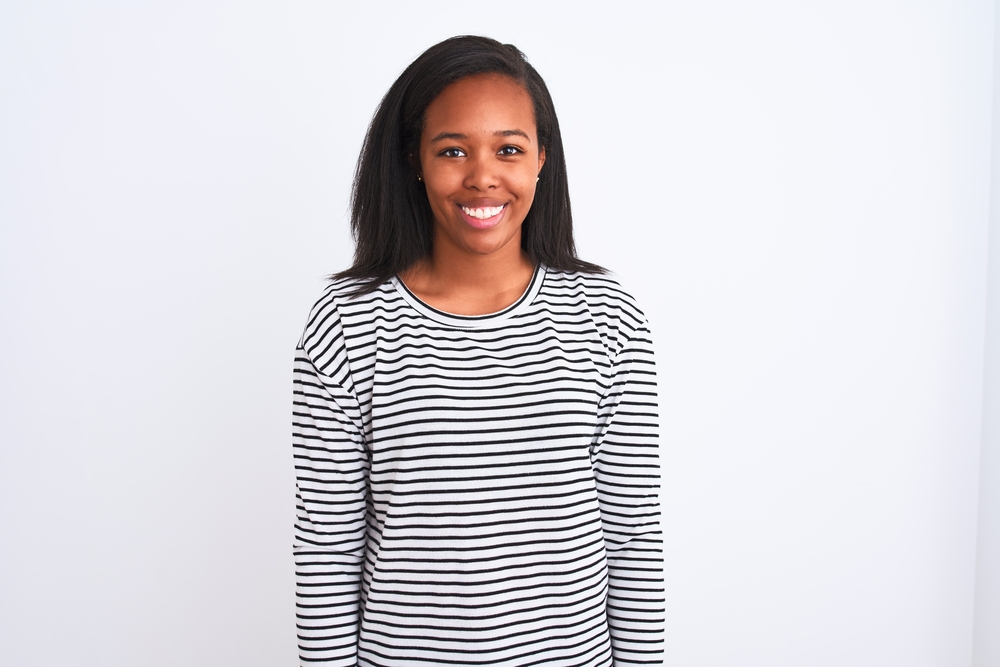
- Can You Flat Iron Wet Hair?
- What to Use if I Don’t Have Heat Protectant?
- How Often Do You Flat Iron Your Natural Hair
- Do Straightening Irons Damage Hair?
Embracing your natural texture is the best way to keep it healthy. But we get it – for some, there’s nothing quite like sleek, perfectly straight hair.
If we can’t convince you to ditch the daily flat ironing, we hope the tips we’ve provided will at least help you minimize the damage. Good luck with your hair!




